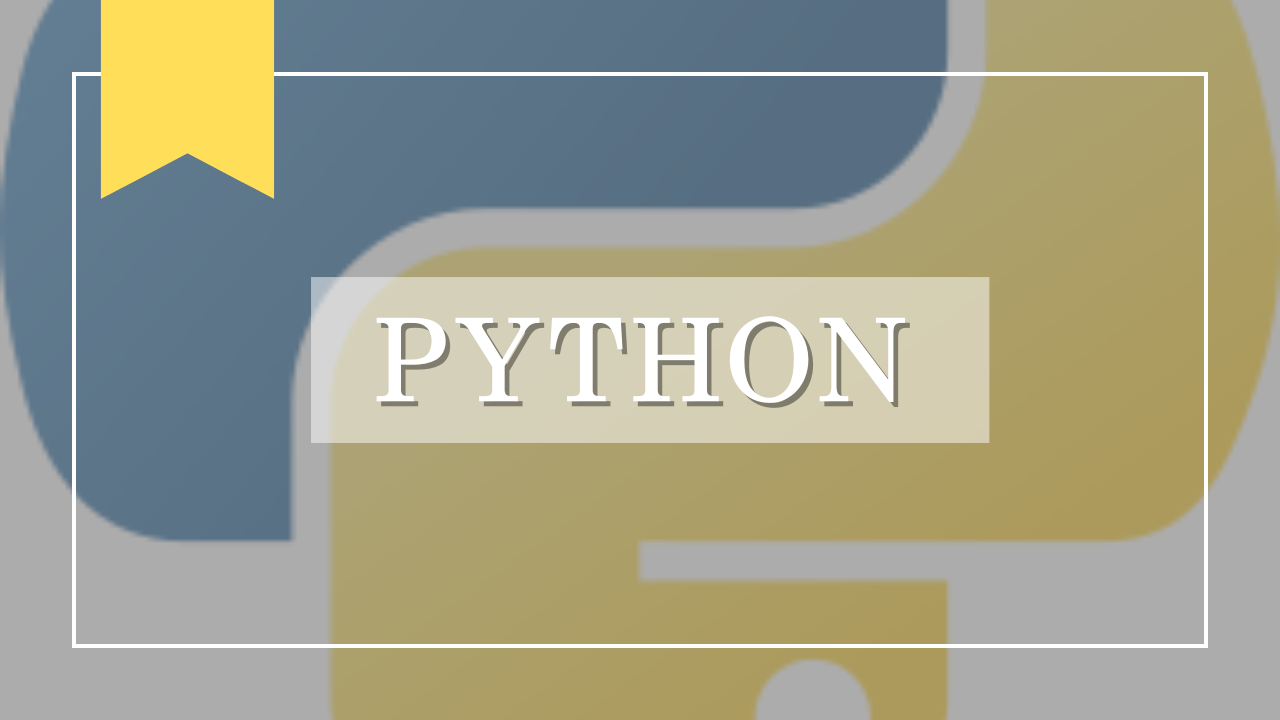Pythonのリスト(配列)とは、複数の要素を格納できるデータ型の1つで、要素の順序を保持します。リストは角かっこ [] で囲まれ、カンマ , で区切られた複数の要素を含むことができます。リストの要素には、異なるデータ型のオブジェクトを含むことができます。また、リストは可変(mutable)オブジェクトであり、要素を追加、削除、更新することができます。本記事では、Pythonによるリスト(配列)内の要素の型を変更/変換する方法を紹介します。
下記の様な内容で悩んでいる/困っている場合に使える方法を参考までにご共有させて頂きます。
・Pythonの場合、どうやって配列の要素の型の変更/変換をするの?
・Pythonのリスト(配列)は、どの様にリスト(配列)の要素の型の変更/変換をするのだろうか?
リスト(配列)内の要素の型の変更/変換(自作関数)
関数の定義
def castListAsType(input_list: list, input_type: [str,int,float]) -> list:
if isinstance(input_type, str): return list(map(eval(input_type), input_list))
elif isinstance(input_type, type) : return list(map(input_type, input_list))使用例1
SampleList = ['1','2','3']
NewList = castListAsType(SampleList, 'int')
print(f"New List:\n{NewList} {type(NewList)}")New List:
[1, 2, 3] <class 'list'>使用例2
SampleList = ['1','2','3']
NewList = castListAsType(SampleList, 'float')
print(f"New List:\n{NewList} {type(NewList)}")New List:
[1.0, 2.0, 3.0] <class 'list'>使用例3
SampleList = ['1','2','3']
NewList = castListAsType(SampleList, int)
print(f"New List:\n{NewList} {type(NewList)}")New List:
[1, 2, 3] <class 'list'>使用例4
SampleList = ['1','2','3']
NewList = castListAsType(SampleList, float)
print(f"New List:\n{NewList} {type(NewList)}")New List:
[1.0, 2.0, 3.0] <class 'list'>まとめ
Pythonのリスト(配列)はPython標準で使えるデータ型であり、Pythonでプログラムする上でよく使うものとなっております。この記事では、Pythonによるリスト(配列)内の要素の型を変更/変換する方法を紹介しました。ぜひ活用してみてください。
関連検索ワード
How to change element type of list?
関連キーワード
python, 入門, 初心者, リスト, 配列, 要素, 型, 変更, 変換, list, element, type, change
